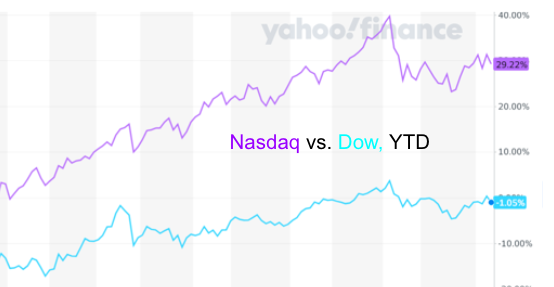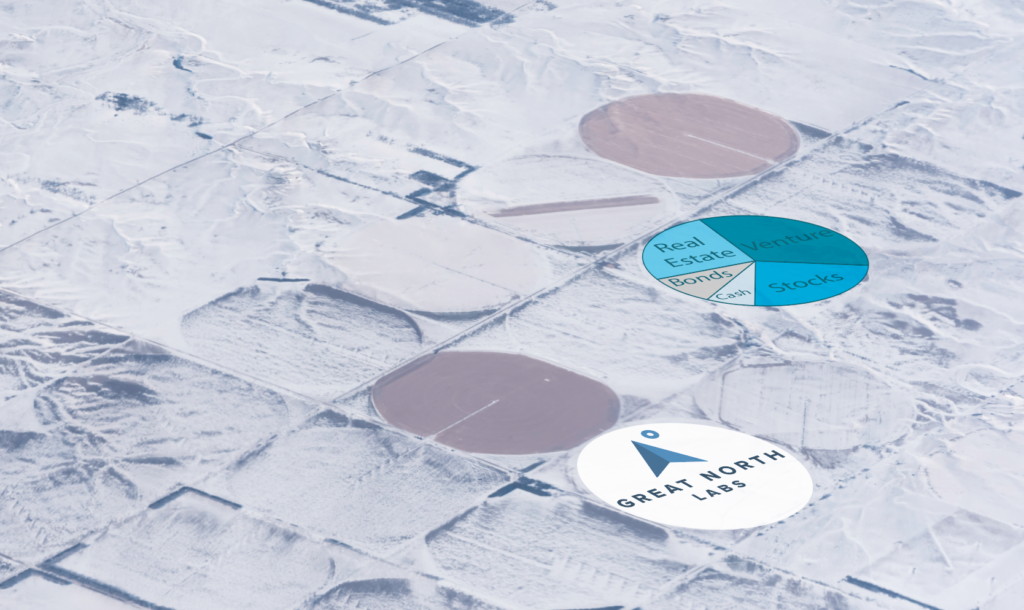Revolutionizing Medical AI Development: Flywheel Announces $54 Million in Series D Funding led by Novalis LifeSciences & NVentures
MINNEAPOLIS — (June 27, 2023) — Flywheel, the leading medical imaging data and AI platform, announces it has raised $54 […]






